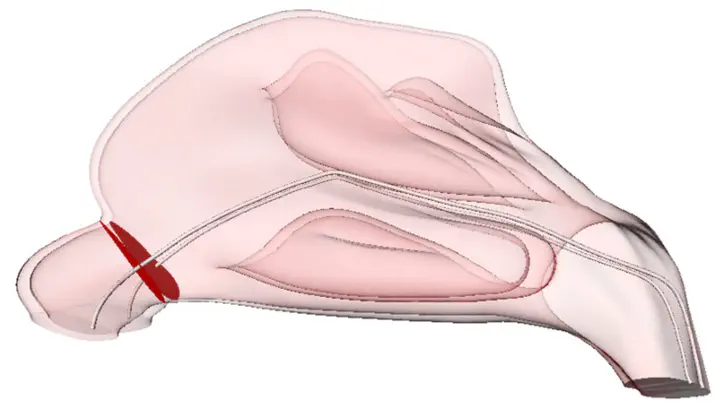Morphological Indicators for Limitations in Nasal Breathing

Abstract
In order to better understand the relationship between shape of the nasal cavity and to find objective classification for breathing obstruction, a population of 25 cases of healthy nasal cavity and 27 cases with diagnosed nasal airway obstruction (NAO) was examined for correlations between morphological, clinical and CFD parameters. For this purpose a worklflow was implemented in Tcl to perform automatic measurements of morphological parameters of nasal cavity surfaces in Amira, which has as output a table with all estimated values. Furthermore, the statistical analysis was designed using Python to find the most probable subset of parameters that are predictors of nasal cavity pathology and consisted of correlation analysis, the selection of the best possible subset of parameters that could be used as predictors of clinically stated pathology of the nasal cavity by a logistic regression classifier. As a result, 10 most promising parameters were identified: mean distance between the two isthmuses, left isthmus contour, area ratio between the two isthmuses, left isthmus height, height ratio between the two isthmuses, left isthmus width, right isthmus width, right isthmus hydraulic diameter, mean distance of septal curvature between the septum enclosing walls of the nasal cavity, velocities volume average by expiration. As it turns out, most parameters refer to the isthmus region. This was to be expected since this region plays an important role in the airflow system of the nasal cavity.